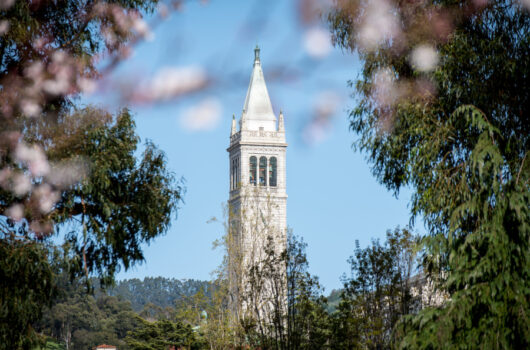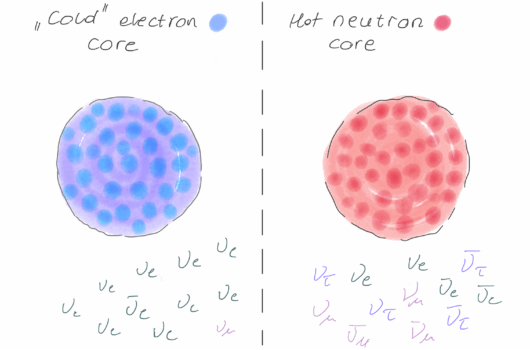Classification of color superconductivity by one-gluon exchange helicity amplitudes and renormalization group equations
Classification of color superconductivity by one-gluon exchange helicity amplitudes and renormalization group equations
View
Abstract
Quark matter at high baryon density exhibits diverse pairing patterns classified by color, flavor, and angular momentum quantum numbers. We compute one-gluon exchange (OGE) helicity amplitudes and introduce a nonrelativistic classification of the pairing channel, justified by the channel decomposition in a Lorentz-noninvariant medium and the decoupling of renormalization group flows at leading order. We find the new attractive channel in OGE; the medium effects can render the vacuum-repulsive color ![]() channel attractive in the spin-triplet sector. For color
channel attractive in the spin-triplet sector. For color ![]() with antisymmetric flavor, the dominant pairing is
with antisymmetric flavor, the dominant pairing is ![]() , while for symmetric flavor the same-helicity
, while for symmetric flavor the same-helicity ![]() prevails over
prevails over ![]() , revising the conventional single-flavor picture. With a mismatch of the Fermi momenta,
, revising the conventional single-flavor picture. With a mismatch of the Fermi momenta, ![]() channel, leading to color-flavor locked or two-flavor color superconductor, remains most stable when the separation is small, and the color-spin locked pairing becomes favored as the mismatch gets large. We suggest there are possible quark-hadron continuity in certain cases as expected in the literature.
channel, leading to color-flavor locked or two-flavor color superconductor, remains most stable when the separation is small, and the color-spin locked pairing becomes favored as the mismatch gets large. We suggest there are possible quark-hadron continuity in certain cases as expected in the literature.




